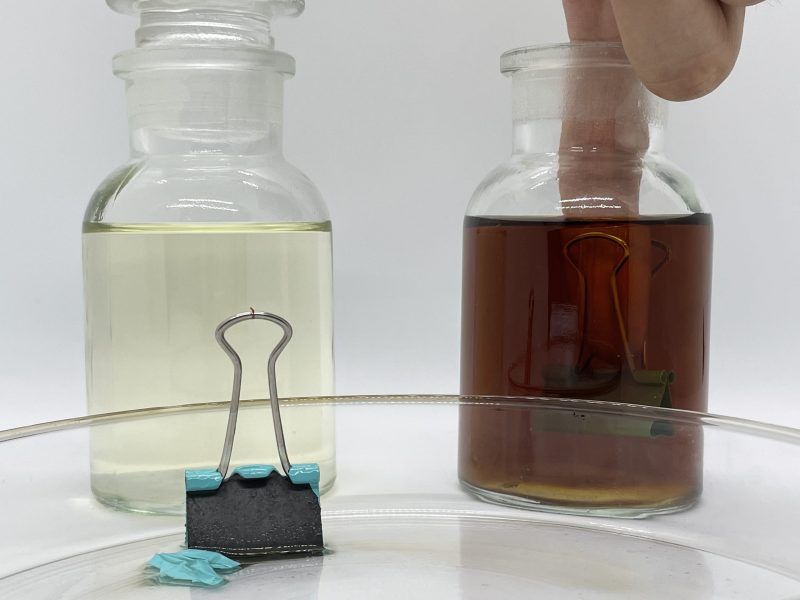Buffering capacity is an important aspect often overlooked when it comes to using “conventional” ingredients, like zinc oxide.
In 2014, the European Union updated regulations concerning feed manufacturing, making the use of normal zinc oxide in piglet feeds a futile exercise. From a personal perspective, I was using normal zinc oxide at 2-3 kg per metric ton in my piglet feeds, only because one distributor felt it was needed in their market. But we decided it was time to move on to something different that fits with modern times. We picked a new source of potentiated zinc oxide (basically, highly porous zinc oxide) that could be used at low levels, so as to be within EU regulations, and still elicit a beneficial effect on balancing gut microflora — but, that’s another story.
During the replacement process, I happened to be editing the article by Giannis Karvelis on dietary buffering capacity; an article that also appears in this issue of Pig International. My eye was caught at the last two lines of the table in that article: zinc oxide and organic acids. My interest piqued because not only I was using zinc oxide at high levels, but I am also a great believer in using organic acids in non-medicated feeds, using up to 10 kg per metric ton, or more in certain cases. But, again, I digress.
I was aghast when I realized that by using normal levels of zinc oxide (2-3 kg/MT), I was virtually wiping out any pH lowering effect from the organic acids I was adding. I would have been happy enough, had I been using organic acids in medicated feeds, so as not to change the final pH of the feed, but these were non-medicated feeds relying on organic acids to control pathogenic bacteria.



